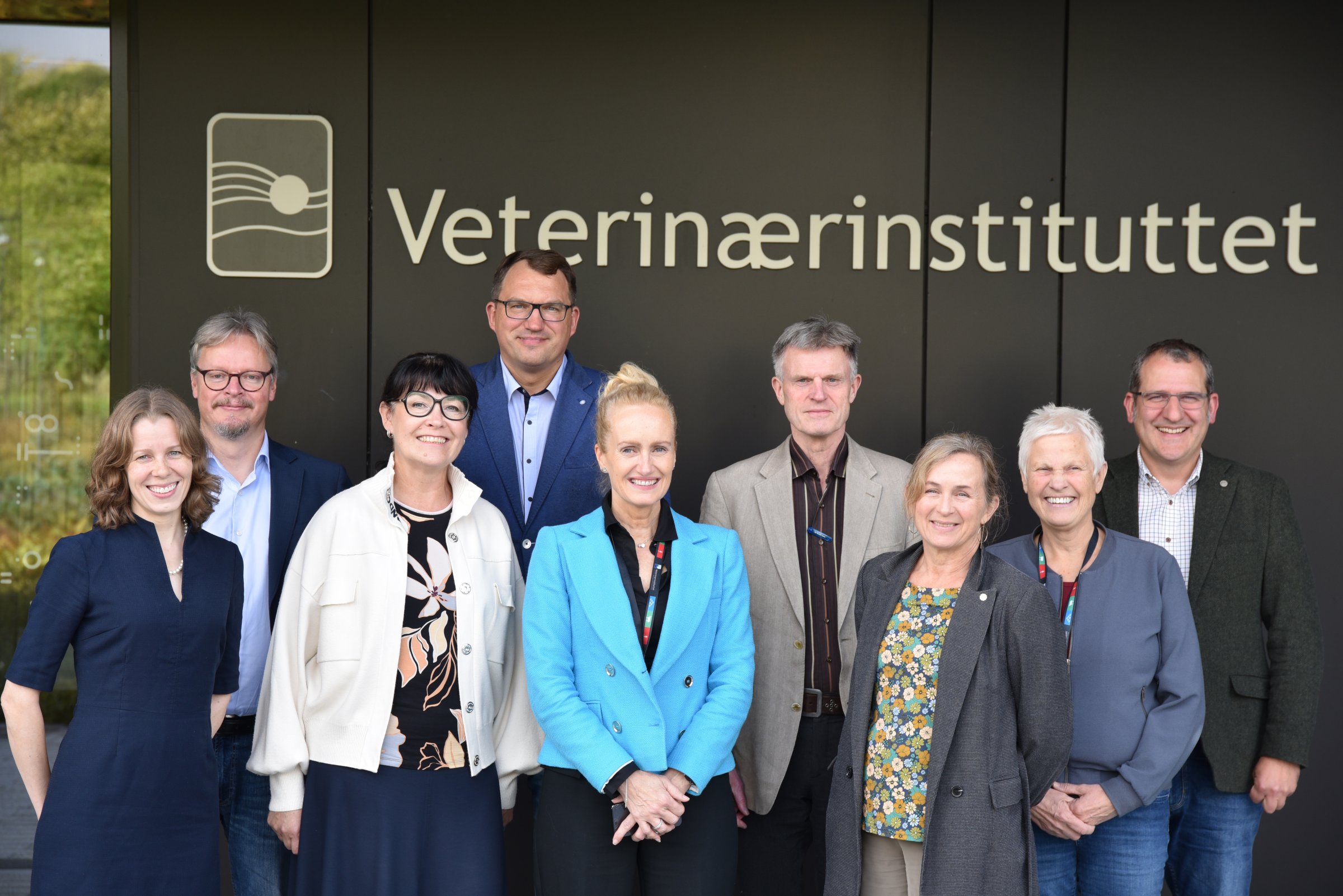
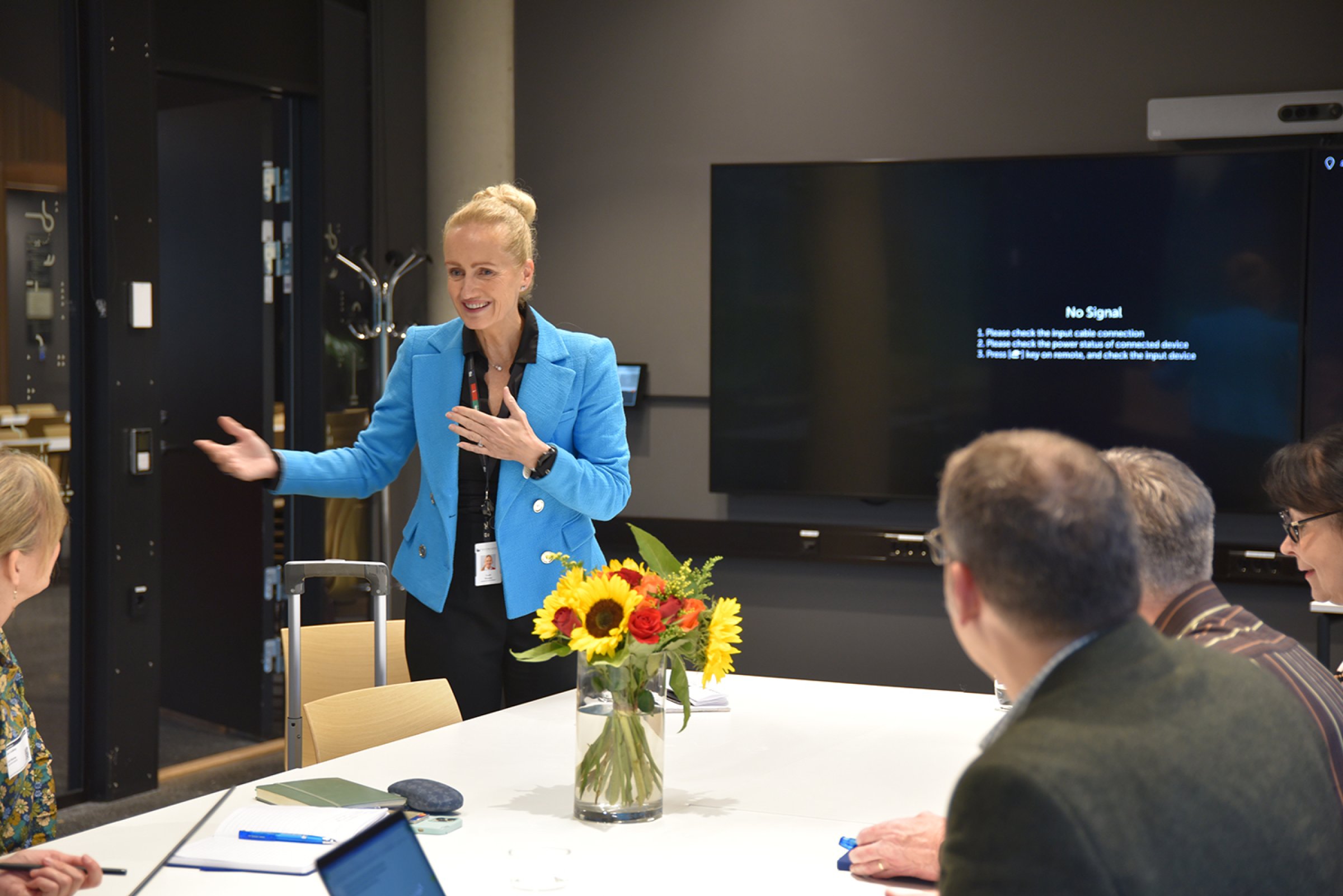
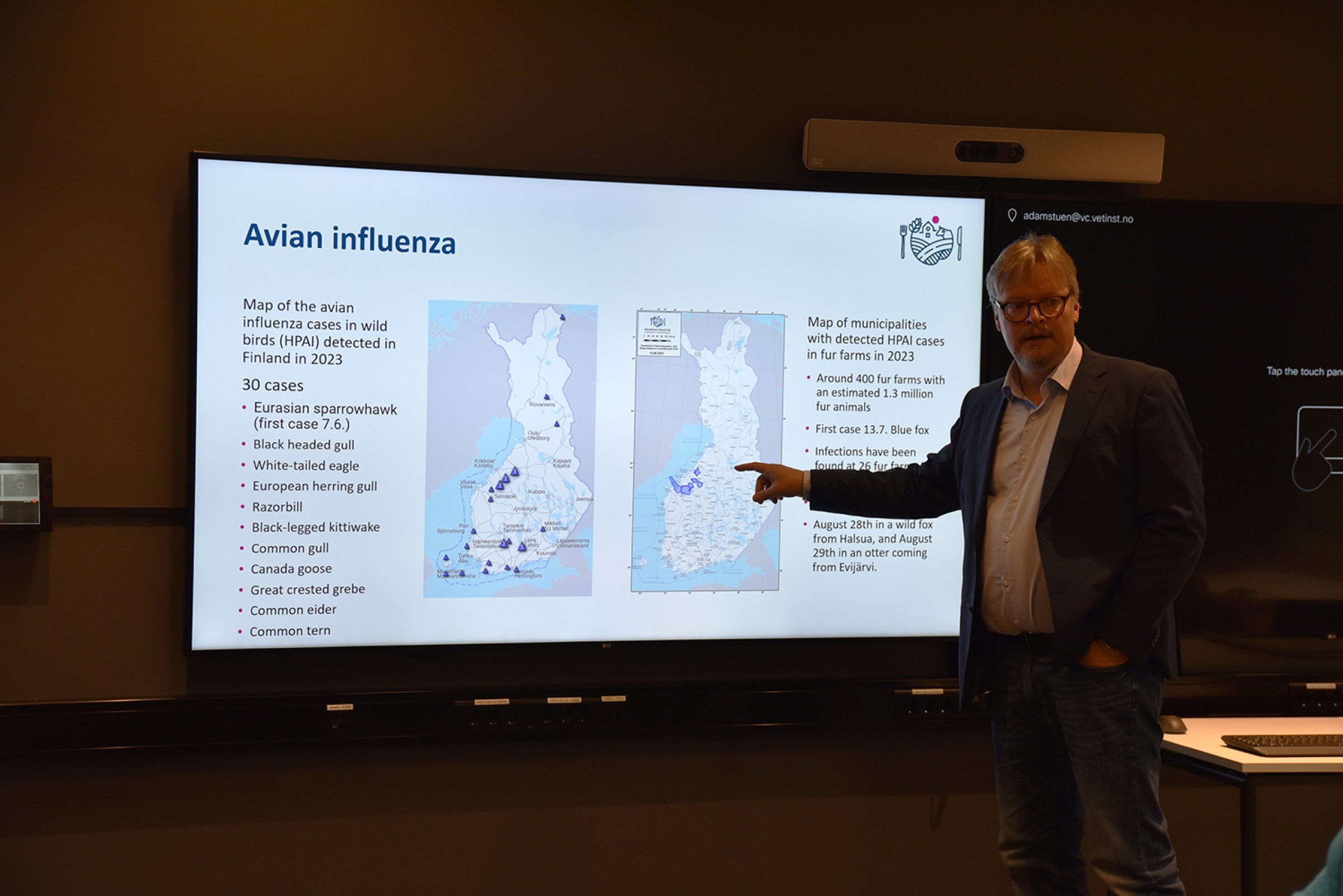
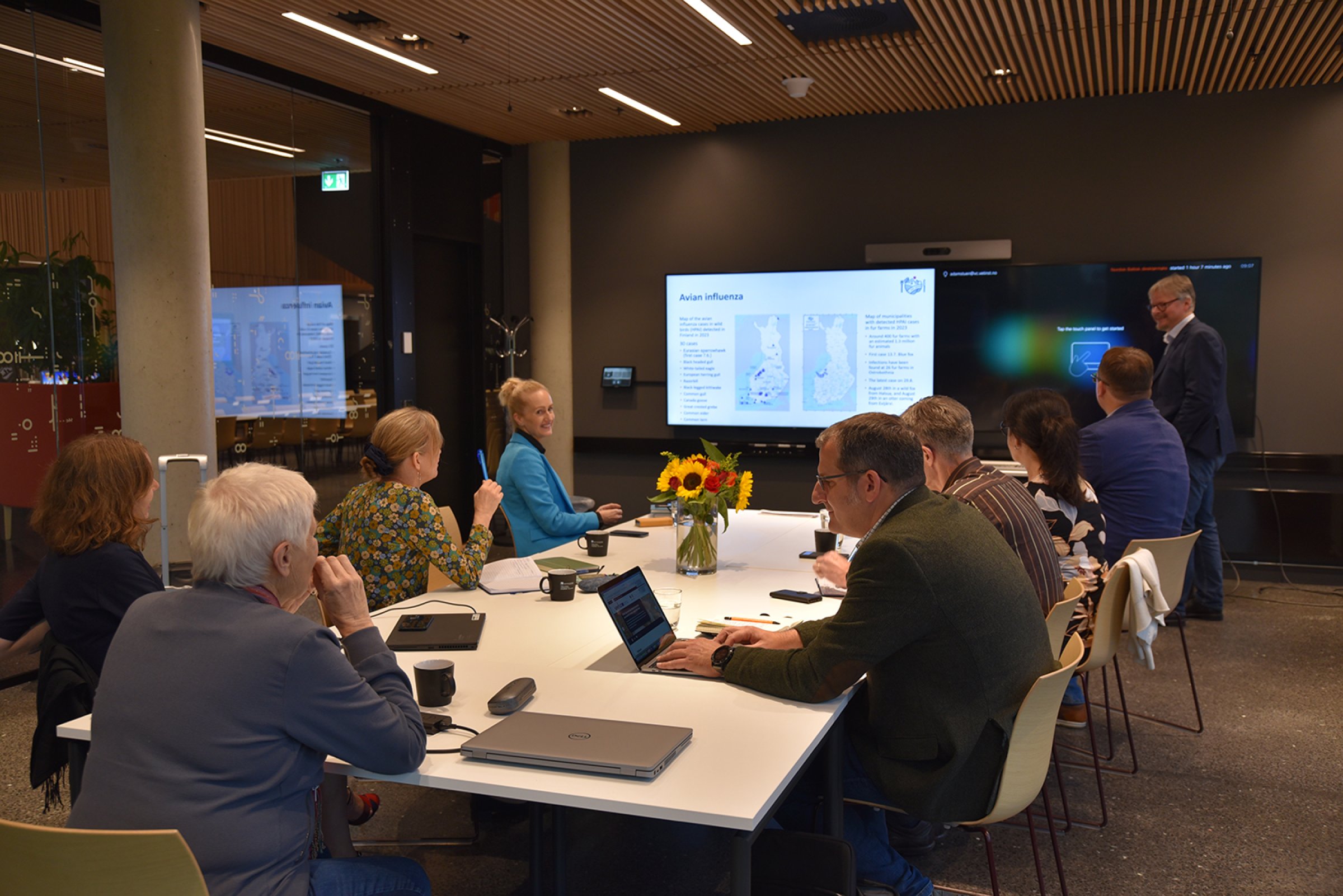
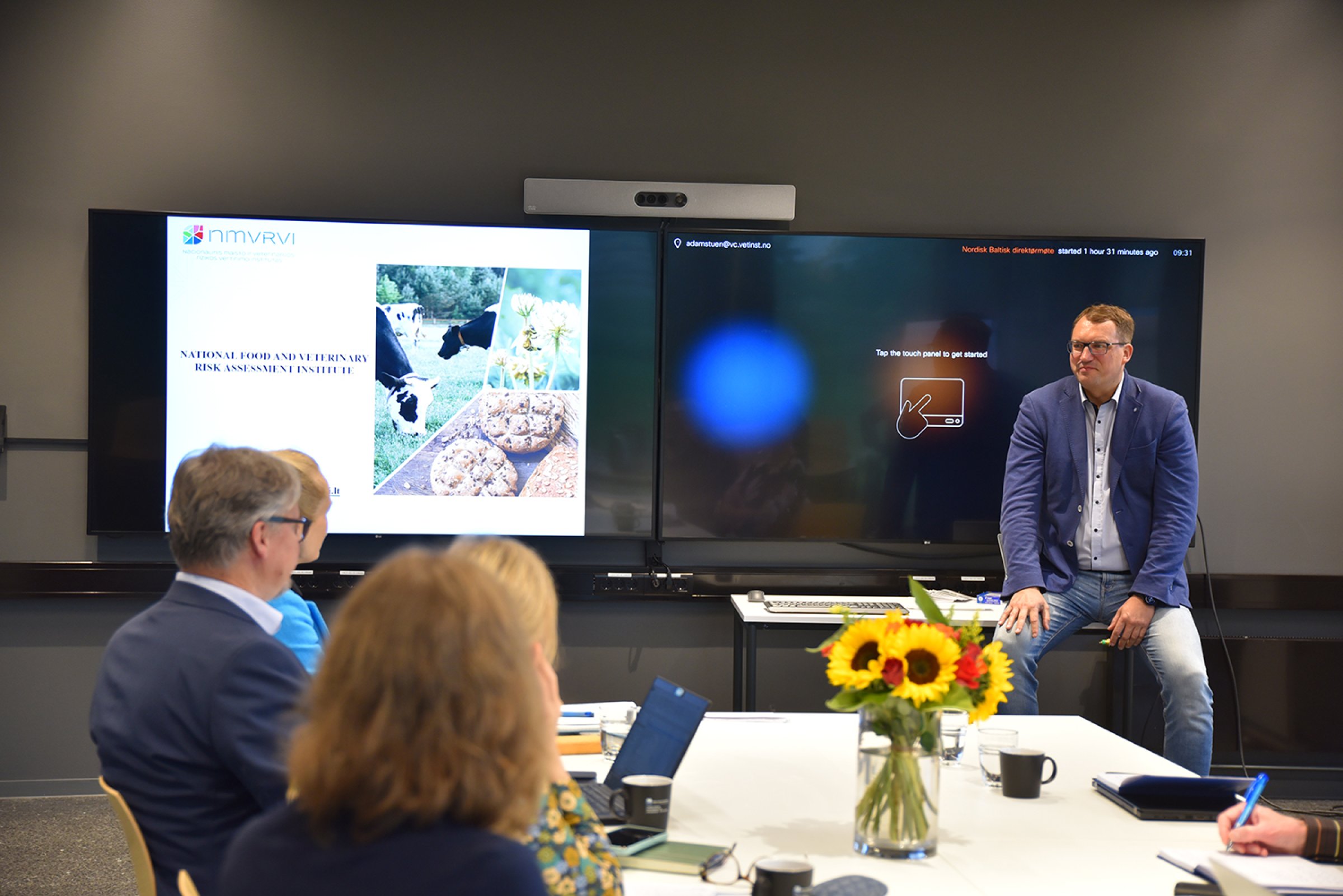
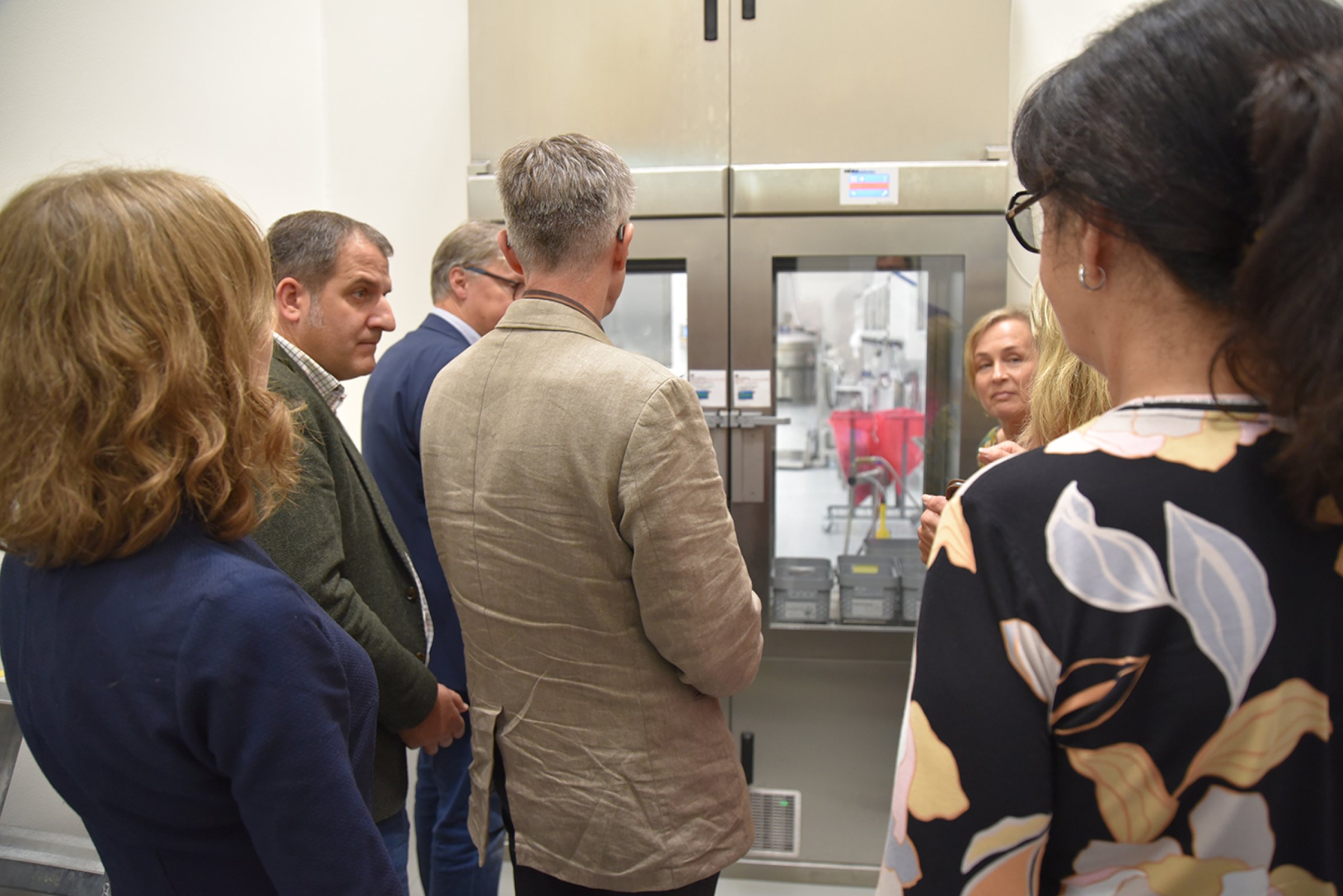
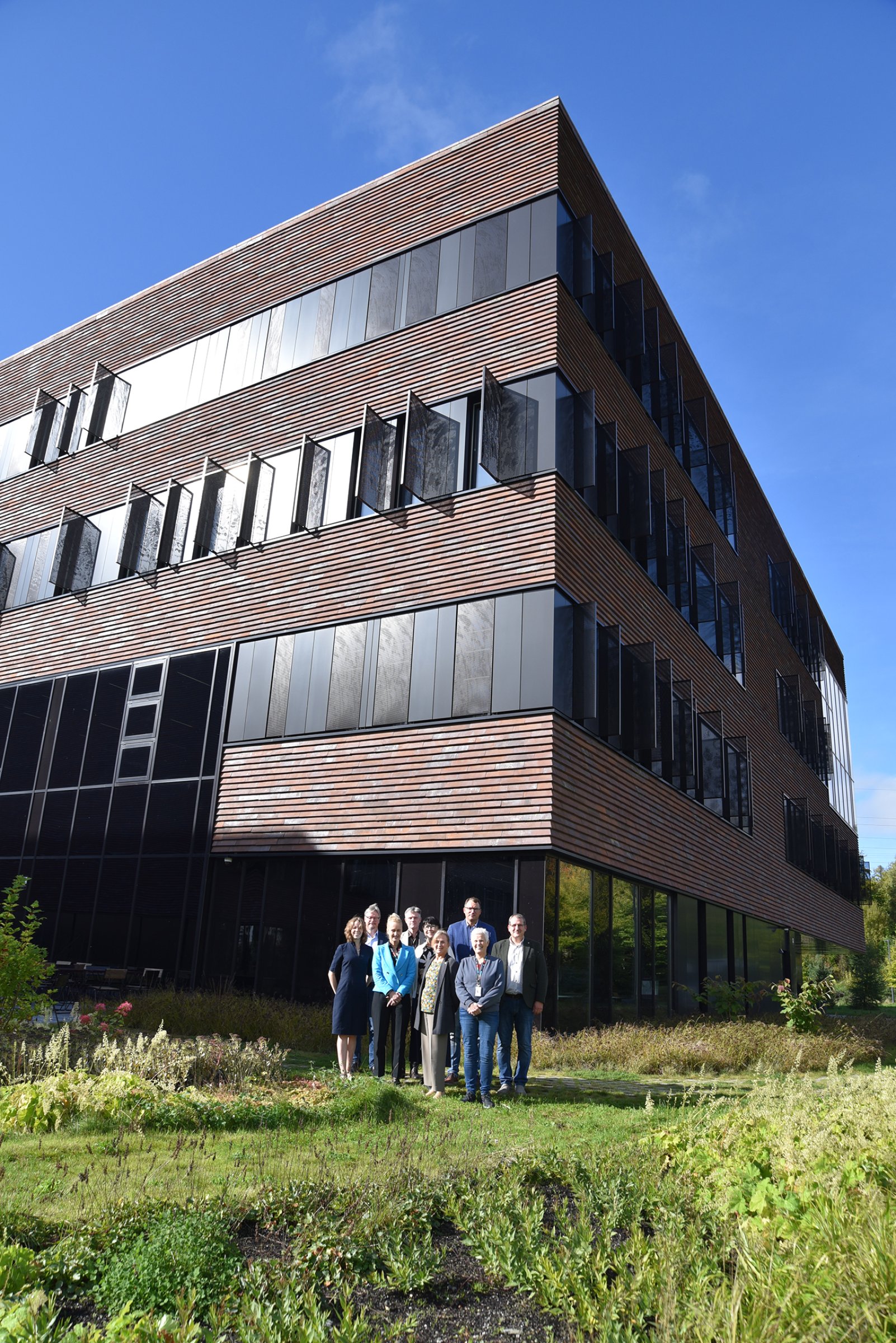
.jpg)
.jpg)
.jpg)
"We can learn so much from each other and how we can work together – now and in the future. First and foremost, this is a forum for good informal conversations with exchange of experience in many areas, says CEO Torill Moseng. "Such informal gatherings are important for creating a good climate for cooperation.
Exchanged experiences with the management of relevant diseases
Current diseases such as African swine fever were addressed mainly as it has become a very relevant topic after detecting the disease in wild boar in our neighbouring country. Director of the Swedish Veterinary Institute (SVA), Ann Lindberg, talked about how Sweden is handling the situation with the detection of African swine fever.
"We received a very good status update on the situation and the practical challenges around handling of African swine fever by Lindberg," says Moseng. The directors of the Baltic institutes shared their experiences and provided updates on monitoring in the Baltic states where African swine fever is endemic.
All countries have been affected and faced challenges in managing highly pathogenic avian influenza, but the approach has differed. In Finland, for example, they had particular challenges with spreading to mink. Viruses in fur animals can mutate into viruses that can infect humans. This allows the Finnish veterinary authorities to monitor avian influenza viruses in all their fur farms.
During the gathering, it emerged that Finland has opened a national dog registry. This will be mandatory for all dog owners to register their dog in and they are now planning a similar register for cats.
"This will give Finland a good basis for getting an overview of the dog population in the country. Such an overview could be useful in dealing with, for example, extensive disease outbreaks," says Moseng.
Similarities and differences
The different veterinary institutes in the different countries are organised differently and the tasks are partly different. This is based on different assumptions in each country.
Therefore, many discussions about administrative and overall matters were discussed.
For example, common challenges regarding shipments of routine samples and sample shipment of various categories in an emergency situation were discussed, as well as increased shipment prices.
During the discussion on safety, it emerged that the veterinary institutes are differently involved in emergency preparedness and security in connection with, for example, nuclear preparedness. The challenges regarding the geopolitical situation are also different, which was touched upon in the talks.
Impressed by the new building at Ås
The directors were given several tours of the laboratories and technical rooms. They expressed that they were very impressed by the facilities in the new building at Ås that the Veterinary Institute has in Norway, and it emerged that many wanted better and larger premises.